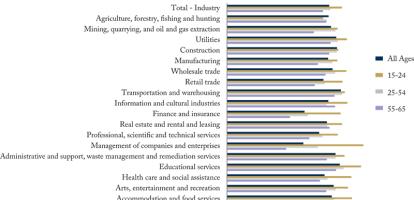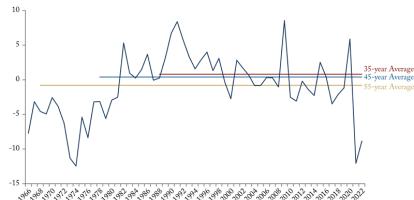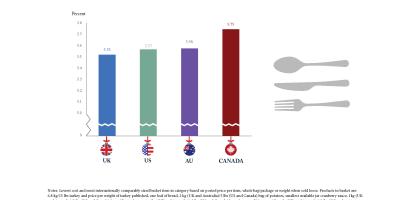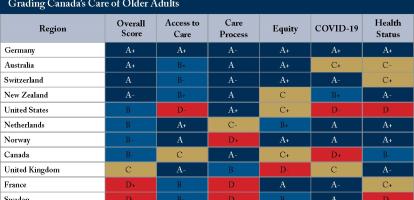In this edition of Graphic Intelligence, we show how the estimated lifetime taxes and lifetime benefits vary by birth year.
The amounts of lifetime taxes paid and benefits received from birth to death are increasingly higher for the younger generations, born after the mid-1995. Since the gap between lifetime taxes and benefits increases for the youngest cohorts, they shoulder the largest net tax burden. Conversely, a person from a 1970s cohort faces the lowest tax burden. Broadly speaking, babyboomers and their children fare well in this setting, but the grandkids of babyboomers do not, due to demographic shifts and variations in fiscal policies over time.
To learn more about the impact of government finances on generational equity, read “Intergenerational Fairness: Will Our Kids Live Better than We Do?” by Parisa Mahboubi.
For the French version of this report, see "L’équité intergénérationnelle : Nos enfants auront-ils une meilleure vie que nous?"




